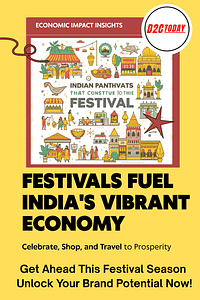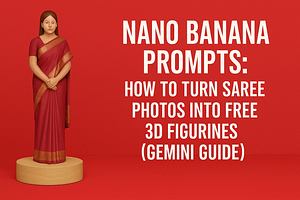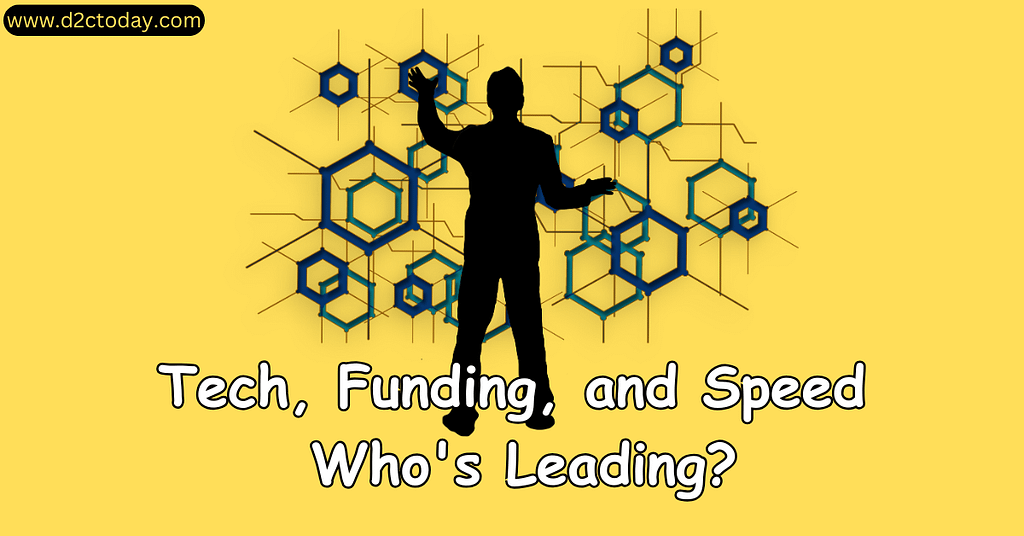Quick commerce growth India will redefine India Story.India’s quick commerce sector is undergoing a transformative shift, propelled by significant funding, rapid technological adoption, and evolving consumer behaviors. In 2024, Zepto secured $665 million in funding, elevating its valuation to $3.6 billion and intensifying competition among key players. we need to know what actually driving quich commerce in India in 2025.
Reuters This influx of capital has accelerated the integration of advanced technologies, enabling services that promise deliveries in under 10 minutes. Consequently, consumer expectations have evolved, with a growing preference for immediate access to a diverse range of products. As these dynamics continue to unfold, the quick commerce landscape in India is poised for unprecedented growth and innovation.
Funding Trends in Quick Commerce
The quick commerce sector in India has become a magnet for investors, fueled by its rapid adoption, high growth potential, and the increasing frequency of consumer transactions. Let’s explore the funding dynamics in this space.
Investment Landscape– Quick commerce growth India
The quick commerce industry saw an influx of over $3 billion in funding between 2021 and 2024, with major players attracting significant rounds to expand operations, build infrastructure, and acquire customers.
Notable Funding Rounds
- Zepto
- Raised $665 million in 2023, achieving a valuation of $3.6 billion.
- Investors: Nexus Venture Partners, Y Combinator Continuity Fund.
- Utilization: Expansion of dark stores, improving tech platforms, and talent acquisition.
- Blinkit
- Acquired by Zomato in 2022, which infused an additional $300 million in 2024.
- Focus Areas: Enhancing AI-driven inventory management and last-mile delivery efficiency.
- Swiggy Instamart
- Secured $700 million in late 2023 as part of Swiggy’s larger funding round led by Prosus Ventures.
- Investments aimed at sustainable logistics (electric fleets) and increasing operational footprint.
- BigBasket (Tata Group)
- Invested over ₹1,000 crore ($120 million) to develop BB Now, its quick commerce offering.
- Focus: Leveraging Tata’s synergies across retail and consumer goods to capture market share.
Funding Trends
- Focus on Profitability: After a period of aggressive expansion, investors now demand clear profitability timelines. Startups are shifting from “growth at all costs” to sustainable operations.
- Emerging Players: Regional q-commerce startups in tier-2 and tier-3 cities have started receiving funding, catering to smaller but high-potential markets.
- Consolidation: Large players like Swiggy and Zomato have engaged in M&A activities, absorbing smaller players to expand reach and reduce competition.
Tech Adoption in Quick Commerce
Technology forms the backbone of India’s quick commerce ecosystem, ensuring seamless inventory management, delivery logistics, and customer experience.
AI and Machine Learning in Operations
- Demand Forecasting
- Companies like Zepto and Blinkit use AI to analyze order patterns, holidays, and weather to predict demand spikes.
- Example: During IPL 2024, Swiggy Instamart stocked 30% more snacks and beverages in cities hosting matches, reducing stockouts by 25%.
- Dynamic Inventory Allocation
- AI helps prioritize the placement of high-demand SKUs (stock-keeping units) in dark stores.
- Result: Zepto reported a 15% improvement in order fulfillment accuracy in 2024.
- Order Routing and Optimization
- Delivery routing systems minimize travel time by accounting for traffic data, weather conditions, and delivery executive availability.
- Impact: Blinkit reduced average delivery times from 15 minutes to 10 minutes in Delhi NCR using enhanced routing algorithms.
Automation and Robotics
- Dark Store Automation:
Robotic arms and automated shelving systems are being tested by companies like BigBasket to pick and pack orders faster.- Example: A fully automated dark store in Bengaluru handles 1,000 orders per hour with 98% accuracy.
- Drone Deliveries:
Amazon India is piloting drone deliveries in rural areas, targeting a rollout by 2026. - Autonomous Vehicles:
Swiggy is testing autonomous vehicles for low-cost, high-efficiency deliveries in controlled urban environments.
Consumer Experience Tools
- Personalization with AI
- Platforms use machine learning to recommend frequently purchased products based on past behavior.
- Example: A Blinkit user who orders coffee weekly is automatically prompted with coffee deals.
- Voice Commerce Integration
- Amazon and Swiggy are integrating voice assistants like Alexa for quick commerce orders.
- Scenario: “Alexa, order milk and bread” triggers a 15-minute delivery.
- Real-Time Tracking
- Consumers can track their orders in real time, with updates down to the minute.
- Impact: 95% of customers surveyed reported enhanced satisfaction due to precise ETAs.
Consumer Behaviour Insights
How Consumers Use Quick Commerce
Quick commerce has fundamentally reshaped how urban Indians shop for essentials. Here are key trends:
Usage Frequency
- A survey by Redseer Strategy Consultants in 2024 found that 75% of urban consumers use quick commerce at least once a week, while 40% use it 3–4 times weekly.
- Top Use Cases:
- Groceries (70%)
- Snacks and beverages (15%)
- Medicines and personal care (10%)
- Pet supplies and niche items (5%)
Demographics
- Millennials and Gen Z (ages 18–35): Account for 60% of orders, driven by convenience and tech adoption.
- Families in Metros: Parents value quick commerce for last-minute essentials, especially during emergencies.
Purchase Behaviour
- Consumers are willing to pay a premium for speed. For instance, Blinkit’s average delivery fee is ₹29, which 80% of users accept for the convenience.
- Impulse Buying: Q-commerce apps report a 20% increase in snack and beverage sales post-8 PM, driven by late-night cravings.
Shifting Preferences
- Sustainability Matters
- A 2024 PwC survey found that 68% of Indian consumers prefer platforms that offer eco-friendly packaging and electric vehicle deliveries.
- Example: Swiggy Instamart’s green initiatives helped boost loyalty among environmentally conscious users.
- Hyper-Personalization
- Consumers increasingly expect personalized recommendations and curated experiences.
- Example: Zepto introduced “personalized bundles” (e.g., breakfast kits) for repeat customers, driving AOV up by 15%.
- Trust in Reliability
- Quick commerce users rank delivery reliability as the top factor influencing loyalty, even above price.
Key Insights
- Funding: The sector has seen a massive influx of $3 billion+, but investors now demand profitability and sustainable growth. M&A activity is likely to continue shaping the competitive landscape.
- Technology: Innovations in AI, automation, and logistics have propelled q-commerce to new heights, reducing delivery times and improving customer satisfaction.
- Consumer Behavior: Urban consumers have embraced quick commerce as an essential service, with demand driven by convenience, personalization, and reliability.

In Summary
India’s quick commerce revolution is accelerating, driven by robust funding, cutting-edge tech adoption, and evolving consumer demands. In 2024, Zepto secured $665 million, boosting its valuation to $3.6 billion, while rivals like Swiggy Instamart and Blinkit continue to innovate. Advanced technologies such as AI-driven inventory management and hyperlocal logistics have enabled lightning-fast deliveries, redefining customer expectations. Consumers now demand not just speed but variety, quality, and reliability. As billion-dollar investments pour in, companies are racing to capture this dynamic market. The quick commerce battle is shaping India’s retail landscape, with tech and funding fueling its next wave of transformation.








2 thoughts on “Quick Commerce India Growth: Empowering Change Through Tech, Funding & Consumer Behavior”
Very interesting details you have observed, thankyou for posting.
I really appreciate this post. I?¦ve been looking everywhere for this! Thank goodness I found it on Bing. You have made my day! Thanks again